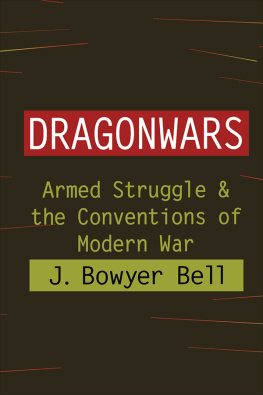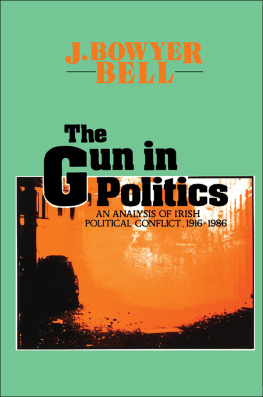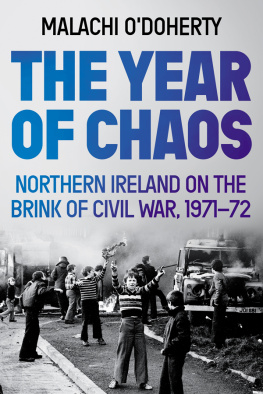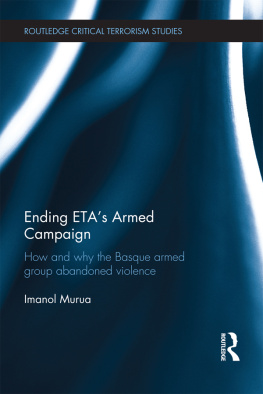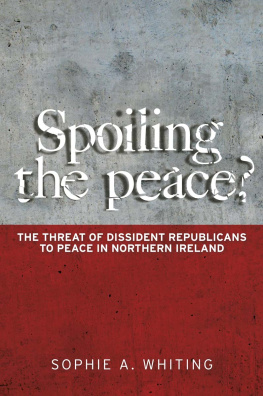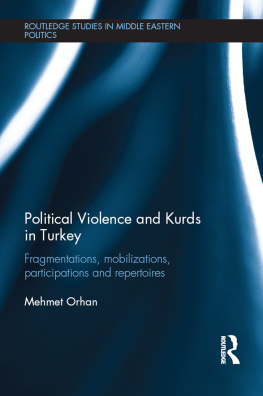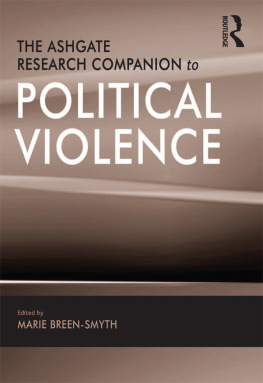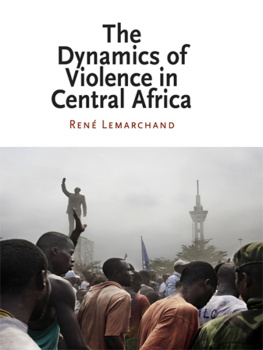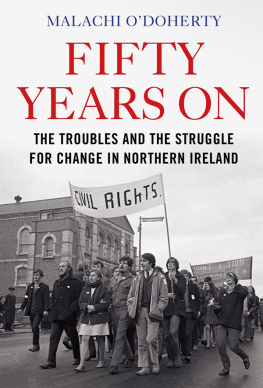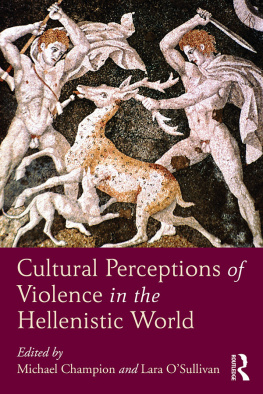First published in 1998 in Great Britain by
FRANK CASS PUBLISHERS
2 Park Square, Milton Park,
Abingdon, Oxon, 0X14 4RN
and in the United States of America by
FRANK CASS PUBLISHERS
270 Madison Ave,
New York NY 10016
Transferred to Digital Printing 2005
Website http://www.frankcass.com
Copyright 1998 J. Bowyer Bell
British Library Cataloguing in Publication Data
Bell J. Bowyer (John Bowyer), 1931
The dynamics of the armed struggle
1. Insurgency 2. Government, Resistance to 3. Insurgency Religious aspects 4. Government, Resistance to Religious
aspects
I. Title
322.42
ISBN 0-7146-4865-5 (cloth)
ISBN 0-7146-4422-6 (paper)
Library of Congress Cataloging in Publication Data
Bell, J. Bowyer, 1931
The dynamics of the armed struggle / J. Bowyer Bell.
p. cm.
Includes bibliographical references and index. ISBN 0-7146-4865-5 (cloth). ISBN 0-7146-4422-6 (pbk.)
1. Political violence. 2. Insurgency. 3. Revolutions.
4. Guerrillas. 5. Terrorism. I. title.
JC328.6.B45 1998
303.6dc21 9810981
CIP
All rights reserved. No part of this publication may be reproduced, stored in or introduced into a retrieval system, or transmitted, in any form or by any means, electronic, mechanical, photocopying, recording or otherwise without the prior written permission of the publisher of this book.
Typeset by Vitaset, Paddock Wood, Kent
Preface
F OR OVER a generation, for much of my analytical life, in fact for most of my adult life, I have been engaged in a long march as an observer through active and recent undergrounds. Many of the garden spots of internal war, Beirut and Belfast and Aden, the old and new battlefields, Gaza and Ethiopia and the Zambezi valley, always Ireland, Italy and Cyprus and others, have been way-stations, often visited repeatedly stops on a terrorist tour. With luck or careful planning, I have for years attended wars and coups and the various rituals of structured chaos. In the course of these travels, I have been target and quarry, arrested, expelled, kidnapped, followed by the legitimate, and feted by the dubious, had tea with terror and lectured to policemen.
Spread over a generation such adventures, rare if memorable, are only punctuation to endless interviews and a great deal of waiting. Generally it has been a most unacademic march, often fascinating, especially in retrospect being shot at without effect may be, indeed is, exhilarating the first time but repetition tends to reduce the charm. And so I have grown if not immune then at least resigned to the occasional complexities involved in research.
Few scholars can have been offered a ride on a carbomb or been kidnapped in order to be lectured on the wisdom of the rebel. I gave up pretending all this was quite normal when, while in Eritrea interviewing without permission those wounded in a war that the Ethiopian government denied existed, I ended assisting at surgery at the Second Imperial Division hospital in Asmara. True I was a doctor, if not a physician, and the patients were delighted to find a foreign specialist when they had anticipated local talent. So it all worked out. Everyone was the better for the intervention: my grasp of the insurrection extended and the recovered patients delighted. It was, however, a method of field research that I had not been taught at graduate school.
At the time there is often little joy in most of the obstacles to investigation. And in time most of these are taken for granted. Journalists regularly do interviews with someone crouched behind a wall while his friends shoot up a village, so why not a historian? Still, sitting in a ditch in the corner of a far field waiting for the dubious to appear on matters of most parochial concern brings diminishing analytical returns. Is one more bit of evidence needed is this ditch relevant or another gunman's tale needed? And do I really want the opinion of a frightened young man in a jumble-shop combat jacket with his eyes darting about behind Ray-Bans? Is one more story really necessary? And, after a generation, the answer is, finally, probably no, or at least no it is not worth the risks erratic, rare but real risks.
The march through the killing fields began long ago above the green Irish fields of Kilkenny in a pub next to the Spotted Dog in Inistioge where with enormous innocence I began my time with the Irish Republican Army, a movement that has involved more of my life than I could have imagined. I have spent more time on the IRA than most volunteers have spent on active service. The result has been several books, endless articles, papers and lectures some to the involved and some reticence about publishing a final analysis that might alienate the subject.
I have interviewed those out in Easter Week 1916 and those presently active whose fathers and grandfathers I met long ago. Somehow my presence seems to validate each new generation, offers the prospect of a place in the book on the secret army as well as in that army. The new, the old, the retired, the distant have largely kept the faith, but as transient I have tired of those who smell of cordite and possess the absolute truth. Each one is different but much the same and often much the same as African rebels or Italian. In time, now, the heart tires and the fascination with the raw edges of politics fades. It is a good time to sum up, to indicate a special perspective on a world as difficult to describe as it is for a visitor to enter a dragonworld of violence and romance, killing and sacrifice, and a structure and dynamics still elusive after a generation.
Revolution is a young man's game. And it is true that one ambush is much like the next, one gunman the image of another. Still, the fact remains that even for the observer the smell of cordite and the touch of danger is addictive. Time spent in the regular world, walking across a campus or to a conference, sitting in front of the computer, holds none of the charms of the dragonworld. Those charms, best savored cold, may, however, dominate the day. Field work can become an addiction, requiring regular dosage. The means may become more important than the task, especially to the visitor. The underground that attracts is difficult to define in a sense the purpose of this work. There is no thing, no ground under observation. Nothing is there. The underground, a world made real by conviction, is a matter of perception. The visitor enters only on invitation and by necessity as an alien there on sufferance.
In Khartoum, for example, years ago, I sat at a cafe table in front of the hotel overlooking the Blue Nile at an agreed hour. The appointment had been made seven thousand miles away with people notoriously vague on details and matters of time, with people all on the wanted list, with people who had and have no love for Americans and little understanding of academic inquiry. And so I sat, scholar-tourist, as the local patrons began to leave their tables in the rising heat. Then, beside the table appeared a tall man, smart in a long robe, leather sandals on his feet and polish on his nails, a large black man topped with a swirl of turban. There was an odor of musk, a face embossed with scars and no special expression. He was like many of the other patrons if not at all like me. I sat still, volunteering nothing. He said my name and I stood up in the underground.




